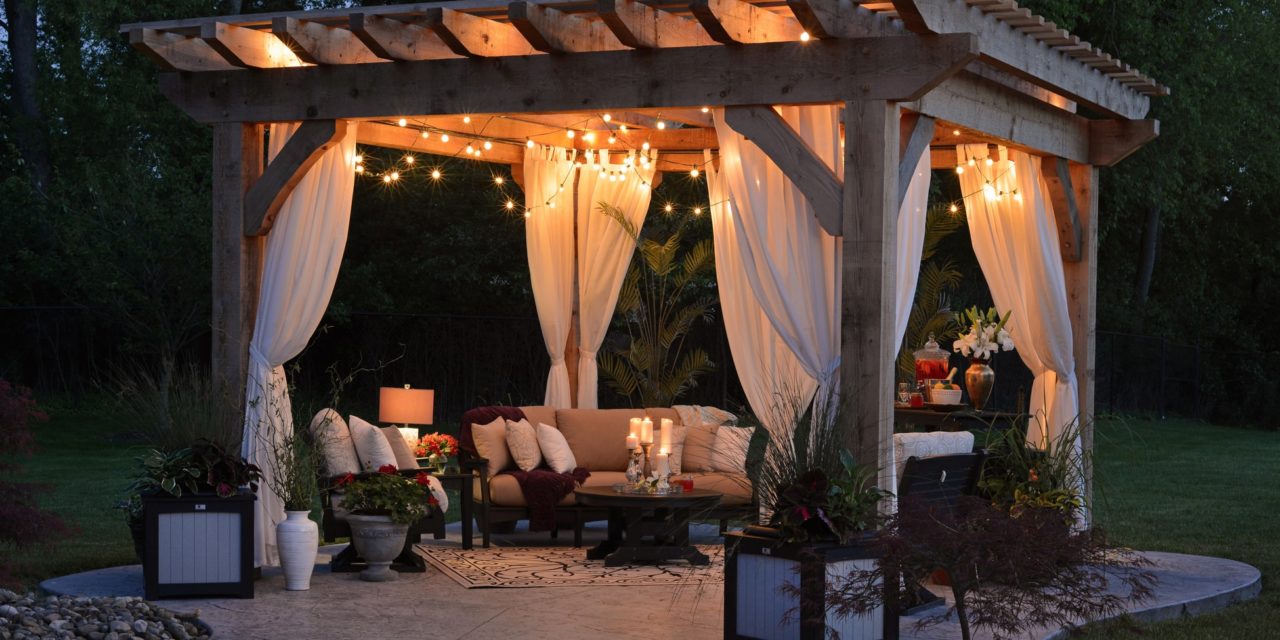[ad_1]
Some people call fans by the name of air circulators. They provide a cooling solution that is very quick in a lot of different circumstances. Most of the people have familiarity with fans – the blades rotate the air all through a given space for cooling, ventilating and sometimes drying the area. Newer technologies and added features have now made the fan more viable and comfortable options for the masses. They have remained the choice that is more economical when compared to other options like air conditioners when all that is required is lighter cooling. Now, before you go out and buy a fan, there are a few things to be considered.
Why do you need a fan?
The way you answer this question will be the key to most of the other considerations while you search for the appropriate fan. Fans that are heavy duty are intended to be used in commercial settings where they need to ventilate large and open spaces while meeting some particular needs for cooling. They are constructed to be durable so that they are able to withstand long hours of operation and that too under harsh environments.
The residential fans happen to be the ideal choice for use in homes for the purposes of getting some cooling throughout the house, including your living room, patio or your bedroom. These models of the fans are usually designed keeping in minds the versatility and thus may be available in modern styles and pleasing colors that look good to the eye. The misting fans are used to disperse water at the same time when they are cooling and are better suited to be used in an outdoor environment.
What kind of fan would you want?
All fans are not created equal. Most of the fans are constituted of blades, a motor of some power source, a housing case and the structure that will keep the fan in an upright position (legs, bases, stands, etc.). Though there is a lot of diversity in designs and the functions, it is not possible to fit all the fans in the standard prototypes. Here are some common design types:
- Tower fans have a housing unit that is vertical and the apparatus for cooling stretches through most of the height of the tower.
- Floor fans that are freestanding have a blade that is traditional and the housing design is attached to the upright stranding pole.
- Tabletop and Desk fans sit on top of desks and counter tops without taking too much space.
- Centrifugal fans have their blades in a perpendicular orientation to the flow of the air, which is opposite of the more commonly found axial design in which the blades are facing in the same way as the flow of the air.
Keeping these and some more parameters in mind, you ill be able to find the right fan for yourself.


